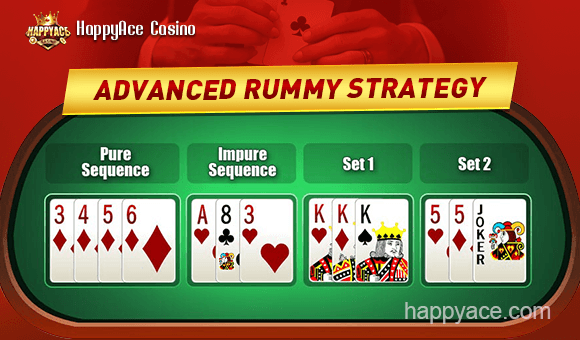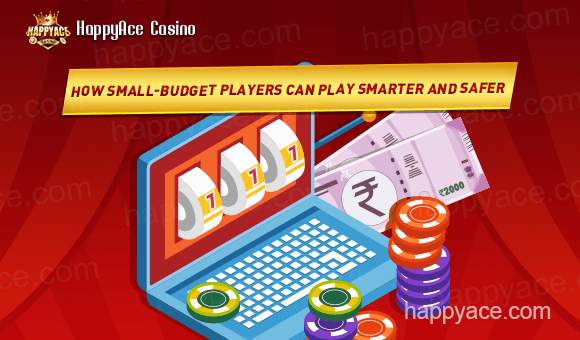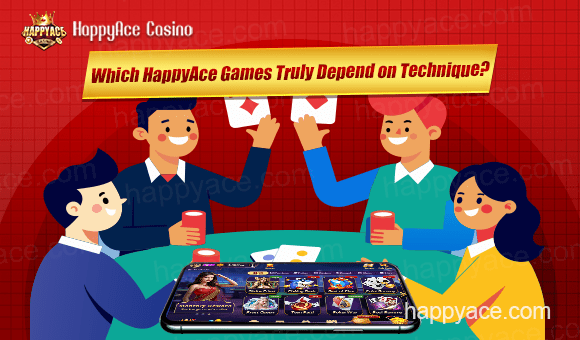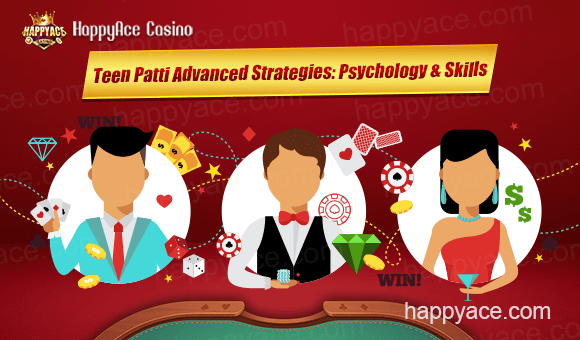
Decision-Making and Cognitive Processes
At its core, Rummy is a game of strategy that necessitates acute decision-making. Players must constantly evaluate their hands, assess potential combinations, and predict opponents' moves. This cognitive effort engages various neural processes, including memory, attention, and problem-solving skills. Players need to remember which cards have been played and anticipate the likelihood of drawing cards that will enhance their hand. This requires a high level of concentration and the ability to process information quickly.
Moreover, statistical reasoning plays a significant role in decision-making. Successful players often have a keen sense of probability, allowing them to gauge the risk and reward associated with discarding or drawing specific cards. This analytical approach can be dissected into two critical cognitive strategies: the identification of patterns and the adaptation of strategies based on evolving game dynamics. As a result, the more experienced players become adept at recognizing common gameplay patterns, while also adapting their strategies to counter their opponents' moves.
Risk Management and Emotional Regulation
Risk management in Rummy is akin to navigating a psychological tightrope. Players must assess when to take risks—such as drawing a card that might not immediately benefit their hand—as opposed to playing conservatively. Those who can manage their emotions effectively tend to excel in Rummy. Emotional regulation is crucial, as frustration from poor card draws or misplays can lead to hasty decisions that jeopardize a player's chances of winning.
Social Dynamics and Interaction
Rummy also acts as a lens through which the complexities of social interactions can be examined. Played both casually and competitively, it brings together individuals from diverse backgrounds, fostering interaction that can reveal much about human nature. The game serves as a social conduit, promoting camaraderie and collaboration, while also inciting rivalry and competition.
The social dimension of Rummy influences psychological factors such as trust, deception, and bluffing. Players may form alliances or engage in strategic deception to outwit their opponents. The ability to read opponents' emotions and intentions—often referred to as social intelligence—is paramount. In addition, non-verbal cues such as body language and facial expressions can greatly impact gameplay, as astute players may decode subtle signs of anxiety or confidence in their opponents.
The brisk tempo of the game also encourages rapid social exchanges, requiring players to engage not only with their cards but also with the evolving interpersonal dynamics at the table.This multi-faceted interaction fosters an environment ripe for building relationships and understanding group psychology.
Conclusion
The psychology of Rummy goes beyond mere rules and strategies; it encapsulates the intricacies of human cognition, emotion, and social interaction. Understanding decision-making processes, managing emotions, and navigating social dynamics enriches the gameplay experience and can lead to more successful outcomes. As players invest time in honing these psychological skills, they elevate their enjoyment of Rummy from just a simple card game to a profound social experience that fosters connections and challenges the mind. Ultimately, Rummy serves as a reminder of the complexity of human behavior, reflecting the ways in which we engage with one another through the shared medium of play.











